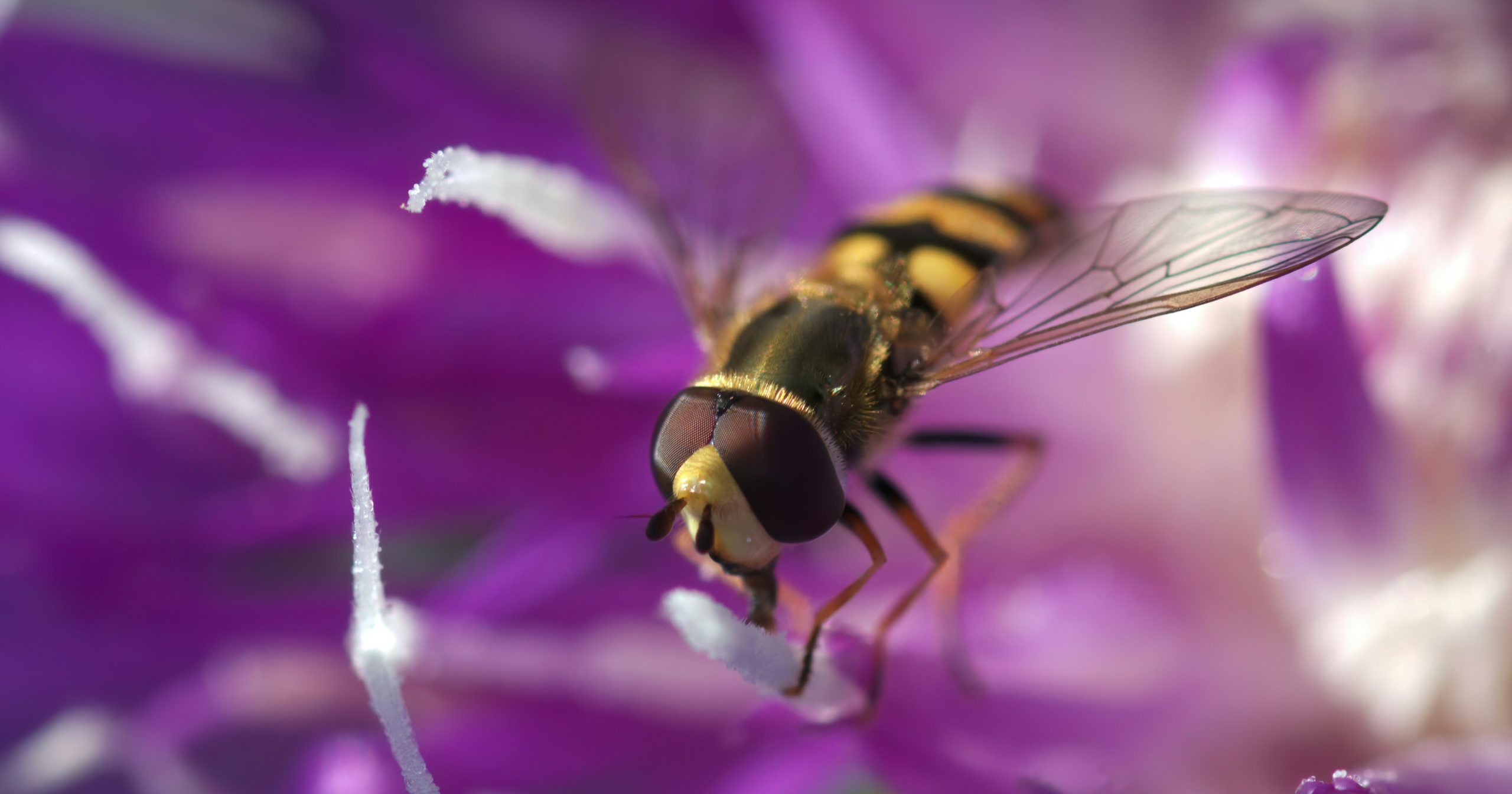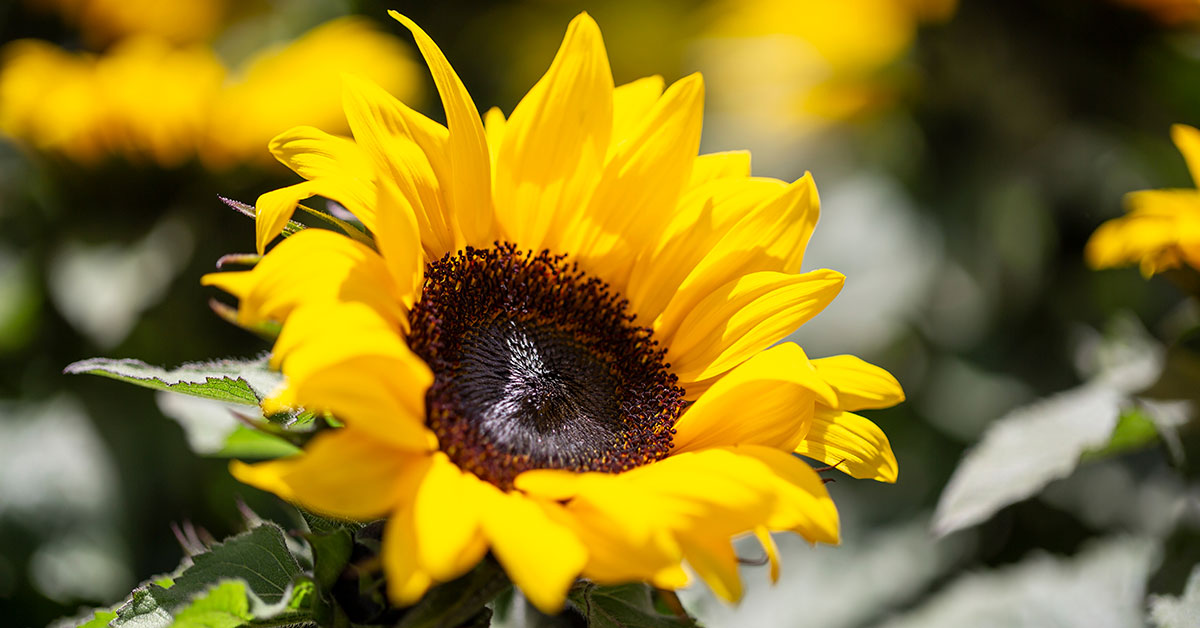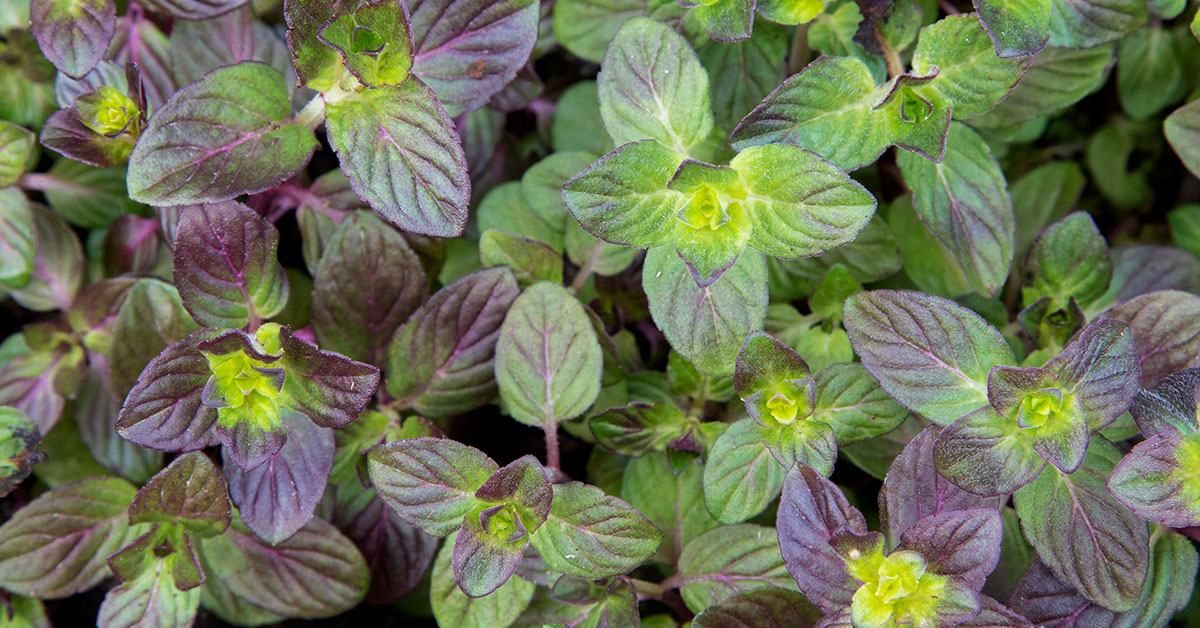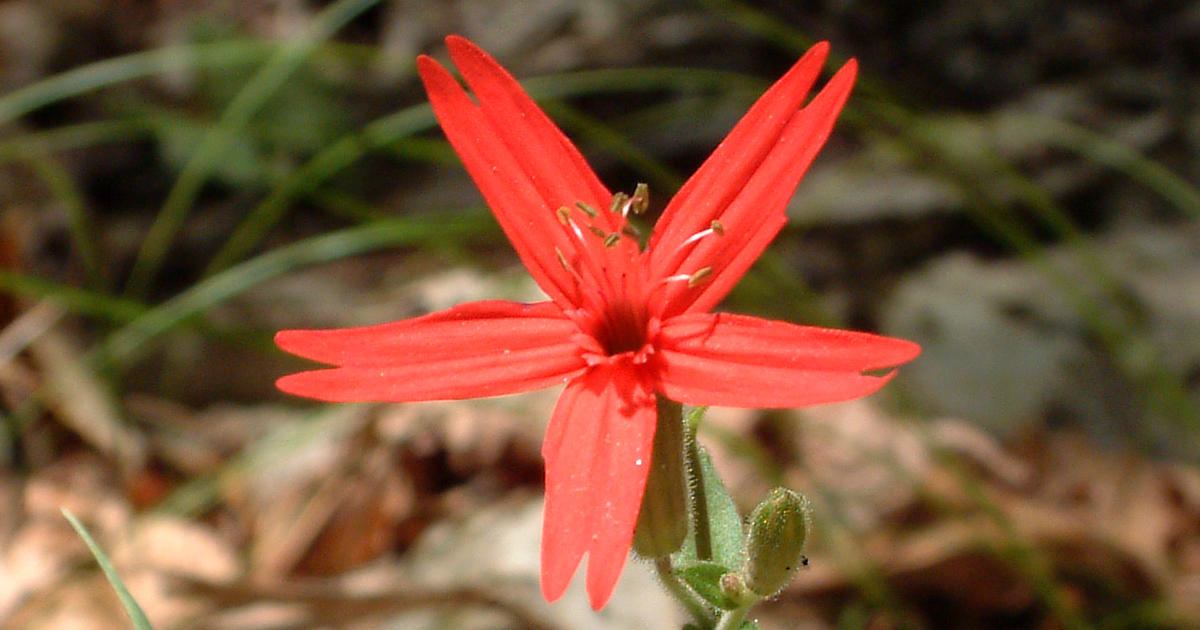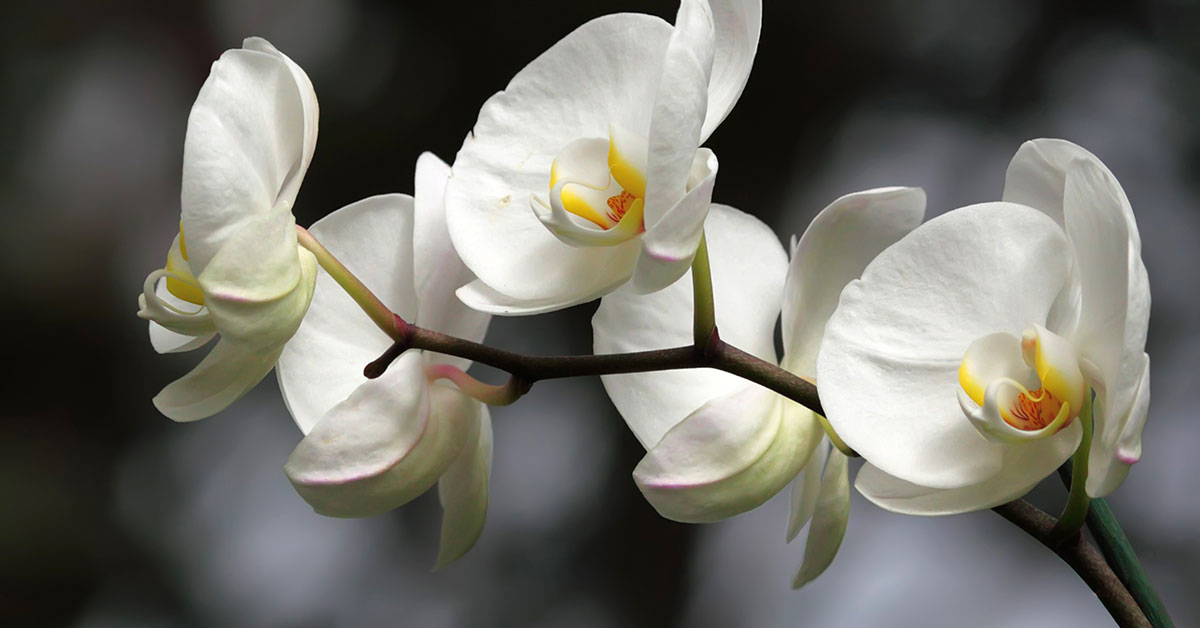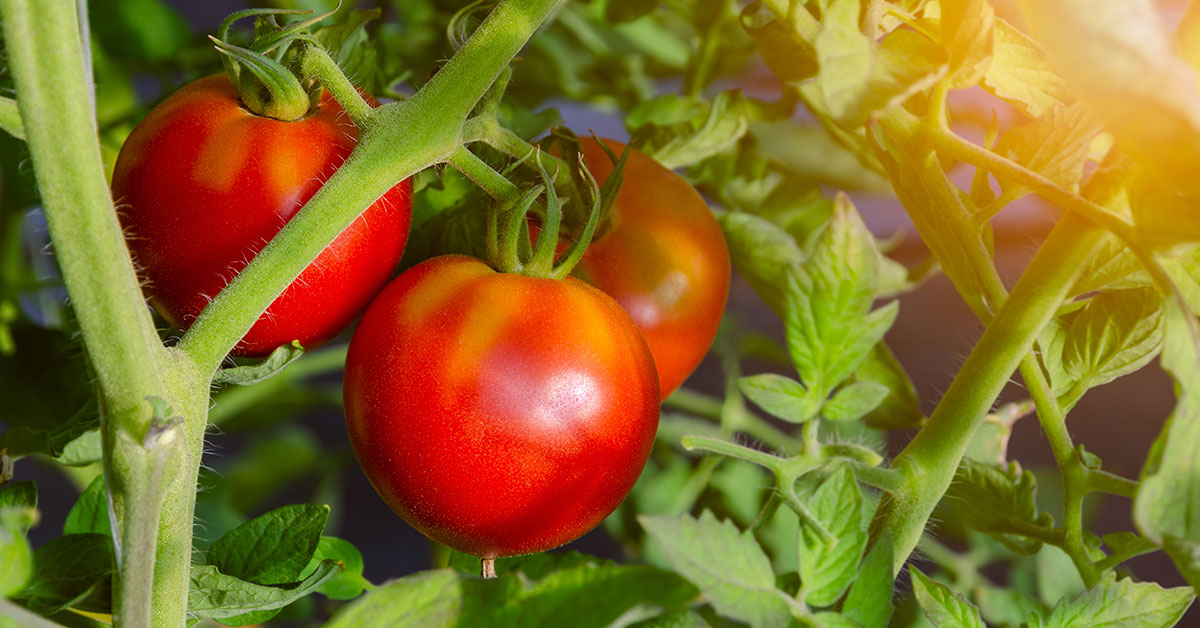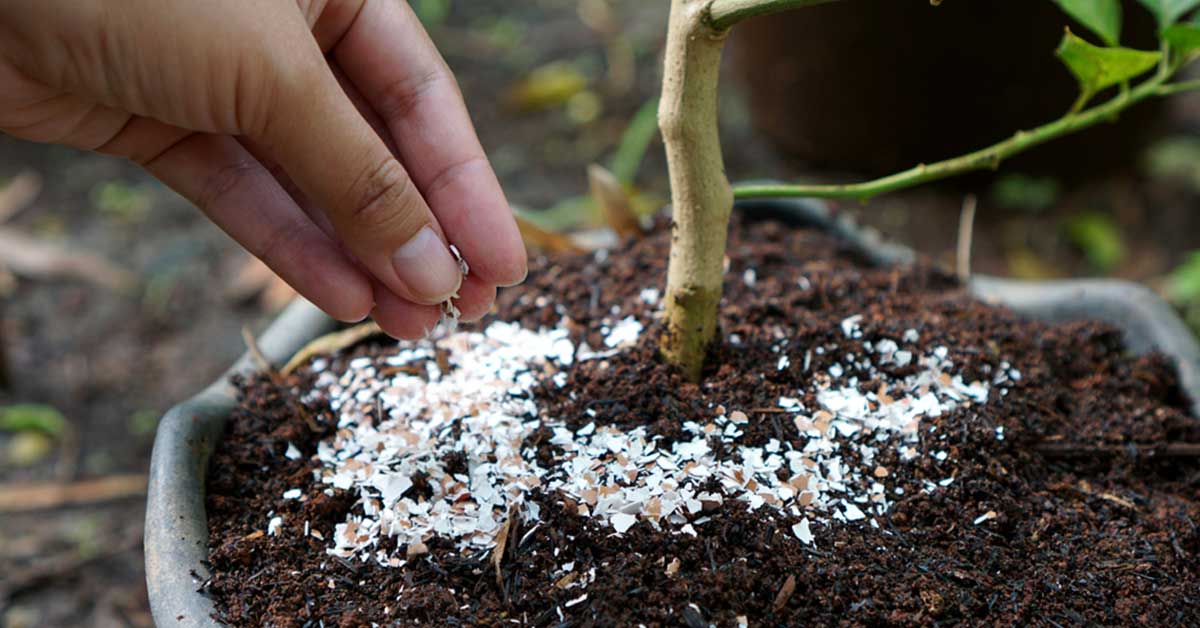One of the joys of gardening is finding natural solutions to common problems like pests. Annual flowers not only add beauty and color to your garden but can also help keep unwanted insects at bay. By incorporating these pest-repelling flowers into your garden, you can create a healthier and more balanced ecosystem without resorting to harsh chemicals.
In this article, I’ll introduce you to twelve annual flowers that may naturally repel pests. From well-known favorites to unique finds, these plants can help protect your garden while adding vibrant blooms. Let’s explore these useful flowers and how they can enhance your garden’s health and beauty!
Marigold

Marigolds are one of the most popular annual flowers for natural pest control. Their strong scent deters a variety of pests, including aphids, mosquitoes, and nematodes. The roots of marigolds release a substance that can kill nematodes, which are microscopic worms that attack plant roots.
I love planting marigolds around my vegetable garden. Their bright, cheerful blooms not only add color but also help protect my plants from pests. Marigolds are easy to grow and can thrive in various soil conditions, making them a versatile addition to any garden.
Nasturtium
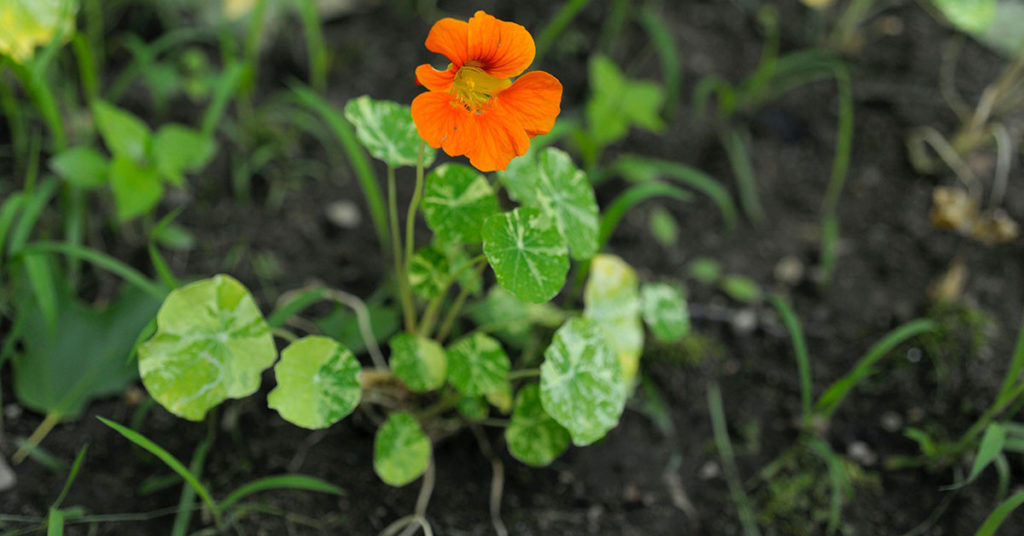
Nasturtiums are another fantastic annual flower for pest control. They produce compounds that repel aphids, whiteflies, and squash bugs. Additionally, nasturtiums can act as a trap crop, attracting pests away from more valuable plants.
One of my favorite things about nasturtiums is their edible flowers and leaves, which add a peppery flavor to salads. These hardy plants thrive in poor soil and full sun, making them easy to grow. Nasturtiums’ bright, trailing blooms are perfect for adding a splash of color to borders and containers while keeping pests at bay.
Petunia
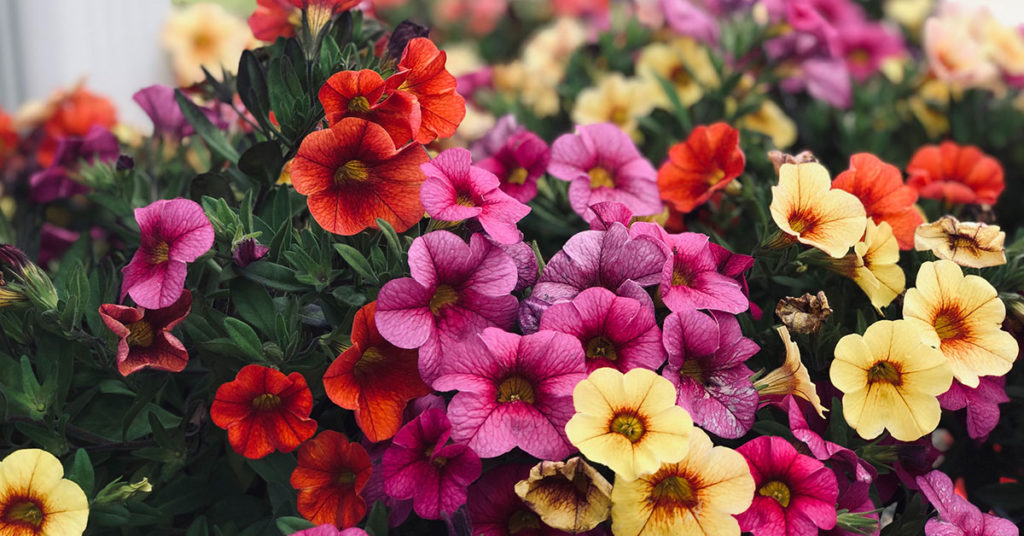
Petunias are beautiful, trumpet-shaped flowers that can also serve as a natural pest deterrent. They repel aphids, tomato hornworms, and asparagus beetles. Petunias’ strong scent and sticky foliage help trap and deter these pests.
I enjoy the wide range of colors and forms that petunias offer. They’re easy to grow and can be used in garden beds, hanging baskets, and containers. By planting petunias near vegetables, you can add vibrant color and protect your crops from common pests.
Calendula

Calendula, also known as pot marigold, is a versatile annual that repels a variety of pests, including aphids, whiteflies, and tomato hornworms. Its bright, daisy-like flowers produce a sticky substance that traps pests, preventing them from damaging your plants.
I love the cheerful blooms of calendula, which add a sunny touch to my garden. These flowers are easy to grow and thrive in full sun and well-drained soil. Calendula’s pest-repelling properties and edible petals make it a valuable addition to any garden.
Chrysanthemum
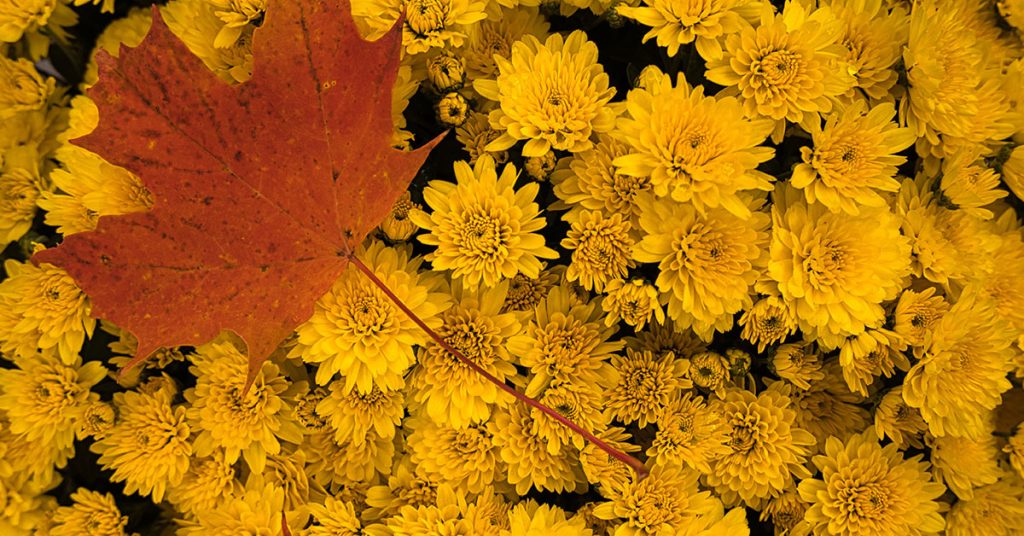
Chrysanthemums, or mums, contain pyrethrum, a natural insecticide that repels a wide range of pests, including aphids, spider mites, and ants. Pyrethrum affects the nervous system of insects, making chrysanthemums an effective natural pest control option.
I enjoy the vibrant blooms of chrysanthemums that brighten up my garden in the fall. They’re easy to grow and can thrive in various soil conditions. By planting chrysanthemums, you can add color to your garden and protect your plants from a variety of pests.
Borage
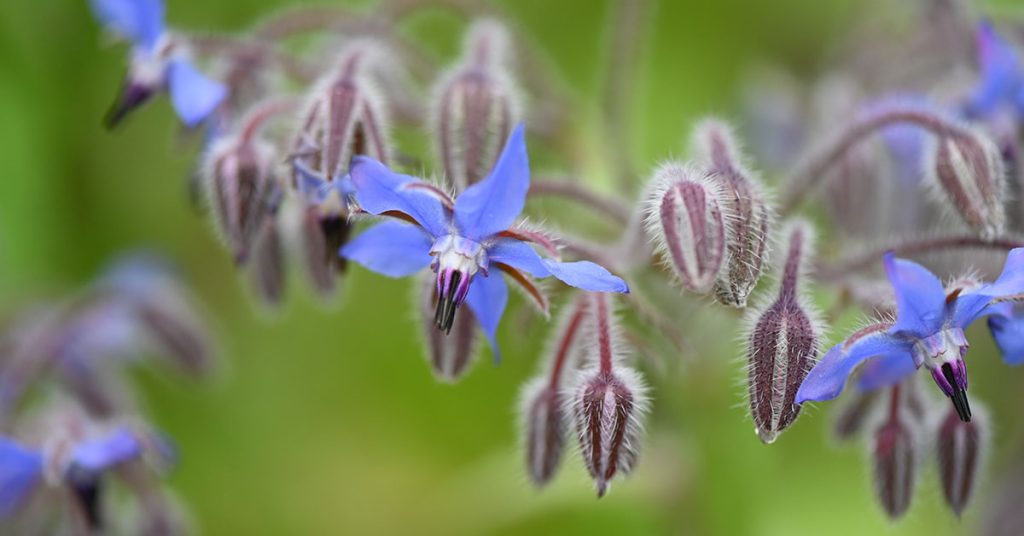
Borage is a unique annual herb that repels pests like tomato hornworms and cabbage worms. Its hairy leaves and stems deter pests, while its blue, star-shaped flowers attract beneficial insects like bees and predatory wasps.
I love borage for its beautiful, edible flowers that add a cucumber-like flavor to salads. This hardy plant is easy to grow in full sun and well-drained soil. Borage’s ability to repel pests and attract beneficial insects makes it a valuable addition to any garden.
Sunflower

Sunflowers are not only stunning to look at but also effective at repelling certain pests. They can deter aphids and whiteflies, and their tall stature can create a barrier that protects other plants from wind and pests.
I adore the towering presence of sunflowers in my garden. They’re easy to grow and thrive in full sun and well-drained soil. By planting sunflowers, you can enjoy their bright blooms and help protect your garden from pests.
Tansy
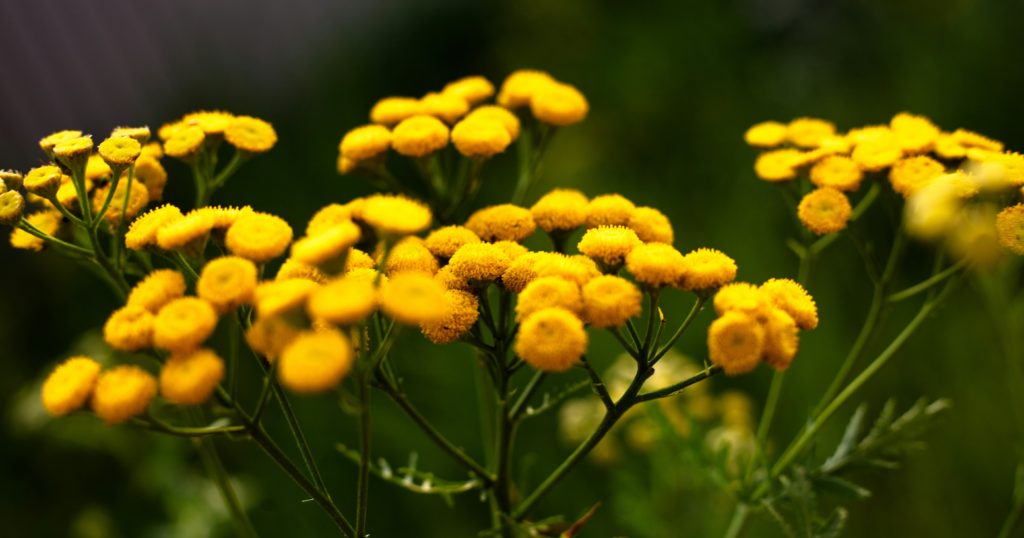
Tansy is a lesser-known annual that is highly effective at repelling ants, Japanese beetles, and squash bugs. Its aromatic foliage contains compounds that are toxic to many insects, making tansy a natural pest deterrent.
I appreciate the fern-like foliage and yellow button-like flowers of tansy. This hardy plant thrives in full sun and well-drained soil. Tansy’s pest-repelling properties make it an excellent addition to vegetable gardens and flower borders.
Zinnia
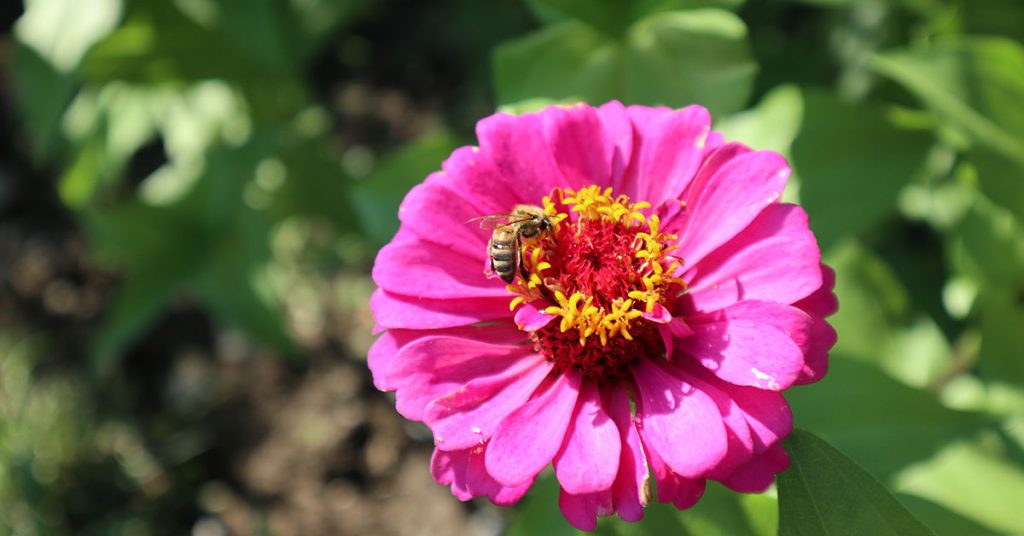
Zinnias are colorful, easy-to-grow annuals that can help deter pests like aphids and cucumber beetles. Their bright blooms attract beneficial insects like ladybugs and hoverflies, which prey on common garden pests.
I love the wide range of colors and shapes that zinnias offer. They thrive in full sun and well-drained soil, making them perfect for adding a burst of color to any garden. Zinnias’ ability to attract beneficial insects and deter pests makes them a valuable and beautiful addition to your garden.
Geranium
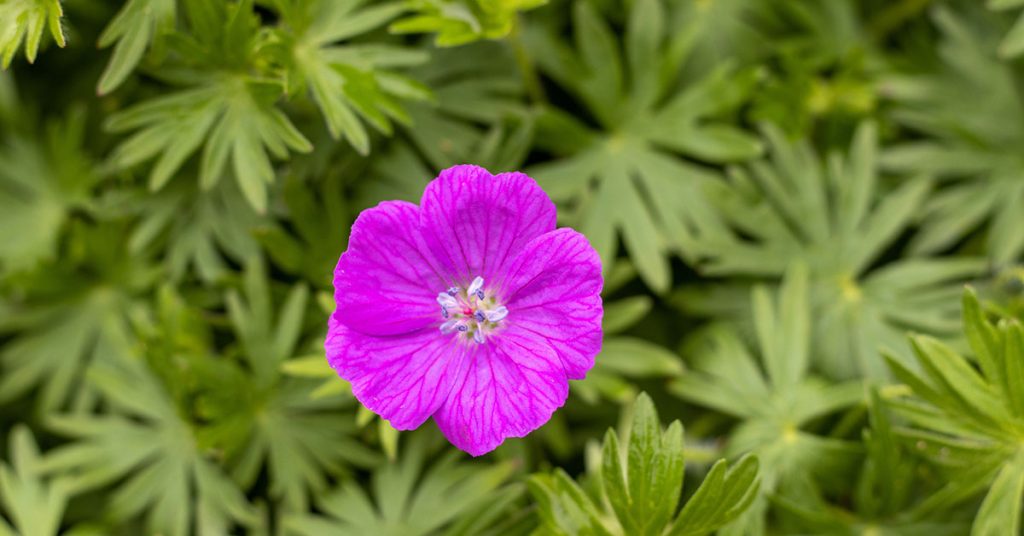
Geraniums are known for their vibrant flowers and pest-repelling properties. They can deter cabbage worms, leafhoppers, and spider mites. The strong scent of geraniums is unappealing to many pests, making them an effective natural deterrent.
I enjoy planting geraniums in containers and garden beds. They’re easy to care for and thrive in full sun to partial shade. Geraniums add a splash of color to your garden while helping to keep pests away from your plants.
Lemon Balm
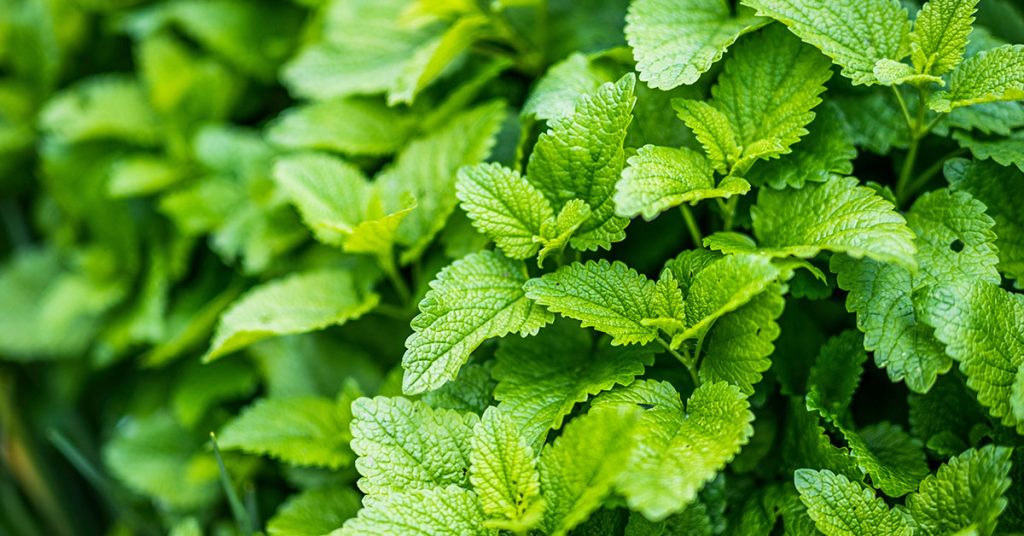
Lemon balm is a fragrant herb that repels mosquitoes and gnats. Its strong lemon scent is unappealing to these pests, making it a natural choice for keeping them at bay. Lemon balm also attracts beneficial insects like bees and butterflies.
I love the refreshing scent and flavor of lemon balm, which can be used in teas and culinary dishes. This hardy plant thrives in full sun to partial shade and well-drained soil. Lemon balm’s pest-repelling properties and culinary uses make it a valuable addition to any garden.
Sweet Alyssum
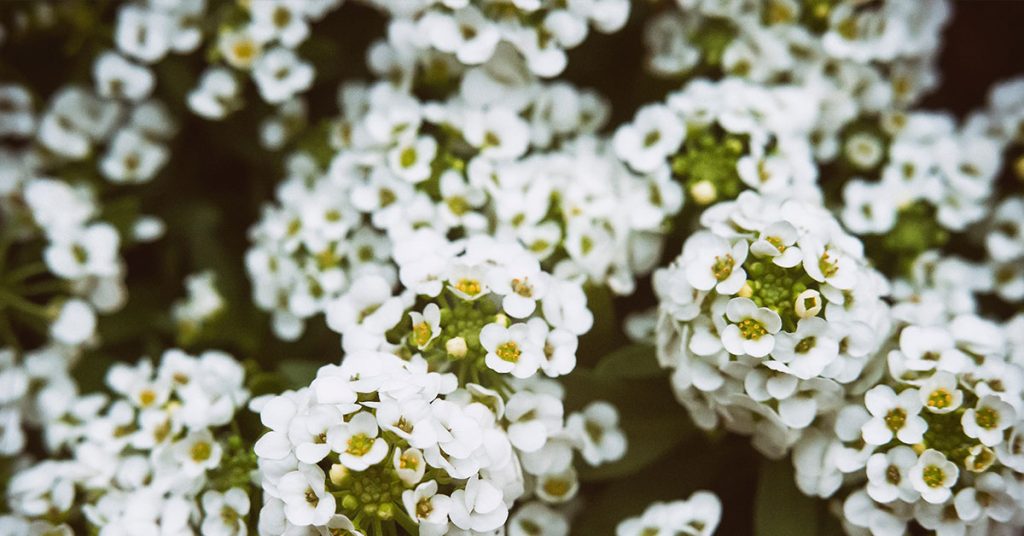
Sweet alyssum is a low-growing annual that repels aphids and attracts beneficial insects like hoverflies and ladybugs. Its tiny, fragrant flowers come in shades of white, pink, and purple, adding a delicate touch to garden borders and containers.
I adore the sweet scent and delicate appearance of sweet alyssum. It’s easy to grow and thrives in full sun to partial shade and well-drained soil. Sweet alyssum’s ability to repel pests and attract beneficial insects makes it a practical and beautiful addition to any garden.



